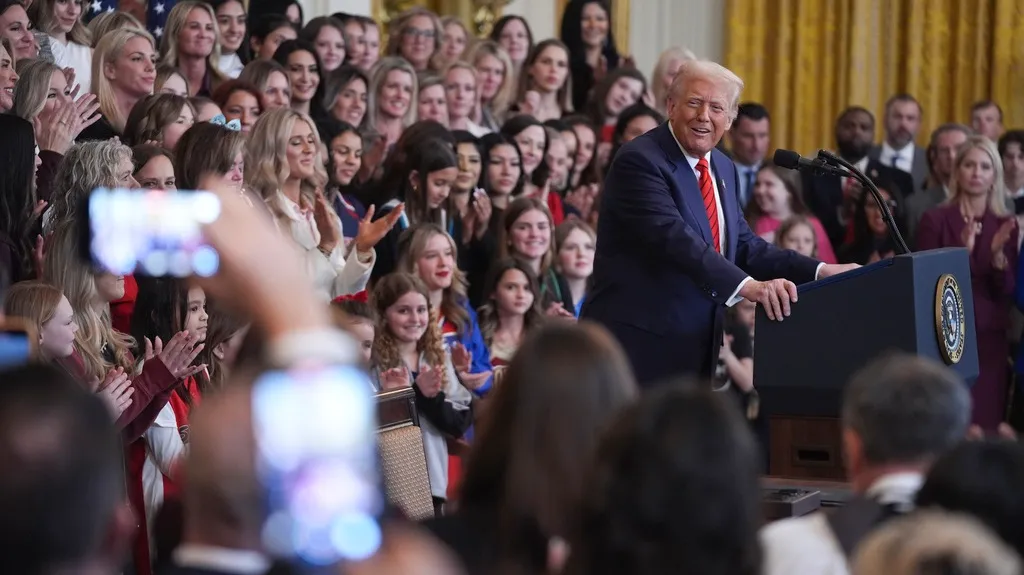December 2, 2013
Anti-Bullying Legislation Reaches Record Congressional Support
David Perry READ TIME: 5 MIN.
The Safe Schools Improvement Act (SSIA), a bill spelling out specific groups of the student population currently victim to bullying and harassment, of which LGBTQ youth is one, has reached record support in Congress, with 176 bipartisan cosponsors in the House and 43 bipartisan cosponsors in the U.S. Senate.
Part of the larger Elementary and Secondary Education Act (ESEA) that is currently up for routine reauthorization, the solid support for SSIA increases its chance of passage and would mandate that all 50 states not only recognize LGBTQ youth as vulnerable, but report all recorded incidents of bullying and harassment, so state and federal agencies can accurately measure the extent of the problem.
"We are extremely encouraged by the increased support for the Safe Schools Improvement Act, particularly among our Republican friends who recognize that all students deserve to be safe in school regardless of who they are," says Eliza Byard, executive director at the Gay, Lesbian & Straight Education Network (GLSEN), the organization consulted for the wording of SSIA.
As bullying is not an LGBTQ issue alone, SSIA addresses harassment for all victimized students, with race, color or perceived race, religion, sexual orientation, gender identity, religion and disability marked as identifiers. States are free to add to this list as required - Illinois already enacted a similar law, and includes military families/status among the afore-mentioned categories.
"We want to forward this legislation as necessary because right now states aren't moving particularly fast," says Nathan Smith, public policy manager at GLSEN. "This is a critical issue; it needs to be addressed quickly. There isn't much movement to pass enumerated anti-bullying policies on the state level."
Policy Over Polarization
Given the sharp division between Democrats and Republicans, SSIA stands out for the enormous support it holds on both sides of the political fence in both Houses of Congress: Introduced in the Senate by Senator Bob Casey (D-PA) and in the House of Representatives by Rep. Linda Sanchez (D-CA), Democratic power-brokers Nancy Pelosi and Congressman George Miller (D-CA), the ranking member of the House Education Committee, threw their weight behind SSIA along with GOP senators including Mark Kirk (R-IL) and Lisa Murkowski (R-AK).
Nearly two-thirds of middle and high school students (65 percent) said they had been bullied in school in the past year, according to From Teasing to Torment: School Climate in America, a 2005 report from GLSEN and Harris Interactive that surveyed more than 3,000 students. Students at schools with comprehensive anti-bullying policies similar to the one required by the SSIA were less likely than other students to report a serious harassment problem at their school (33 percent vs. 44 percent).
Despite such statistics, there is neither a federal mandate requiring states to address bullying and harassment nor even federal guidelines for such. While Illinois and 14 other states and the District of Columbia passed anti-bullying legislation, their reach and effectiveness very widely. SSIA would effectively synchronize standing legislation and require anti-bullying policies to be enacted where they presently do not exist.
"Enumeration"
"One of the things we've found in our research is that schools or school districts that have enumerated anti-bullying policies, which are policies that specifically list out categories of the most vulnerable students, makes or breaks the effectiveness of those policies," explains Smith.
On top of GLSEN's 2005 study, according to the organization's 2011 National School Climate Survey, LGBT students experience bullying and harassment at an alarmingly high rate. Eight out of 10 LGBT students (82 percent) said they've been harassed in the past year because of their sexual orientation and 64 percent because of their gender expression - and these are just those incidents that are reported; most advocates believe actual bullying rates are much higher.
By creating a specific list of vulnerable groups, GLSEN and other anti-bullying initiatives envision SSIA minimizing the loopholes several states and school districts use to avoid the issue, most infamously with the now-rescinded "neutrality policy" of the Anoka-Hennepin School District in Minnesota that effectively prevented teachers and officials from taking any action whatsoever when the issue of LGBTQ-based bullying arose and was attributed to at least nine suicides.
"Schools with enumerated policies report better safety, teachers report better learning environments, and most importantly, students report teachers intervening when they actually go to them about being bullied or harassed, compared to schools with non-enumerated policies, which report much lower rates of that," Smith said.
Last reauthorized in 2001, ESEA, known also as the No Child Left Behind Act, currently has two reauthorization versions, one in the House and the other in the Senate, the latter of which includes SSIA. Presently, the Senate iteration has passed out of Senate committee, but hasn't passed yet out of the entire Senate process.
Once it does, and goes into conference committee, the differences between the two bills will be hammered out. While there is no set date for a vote on the finished legislation, lawmakers face enormous pressure not only from their own ranks but also from the education community and social advocacy groups for the inclusion of SSIA in the final bill.
"When children do not feel safe, they cannot learn," Byard continues. "The Safe Schools Improvement Act is a common-sense solution to address the bullying problem in this country. Congress has the power to make a difference."
David Perry is a freelance travel and news journalist. In addition to EDGE, his work has appeared on ChinaTopix, Thrillist, and in Next Magazine and Steele Luxury Travel among others. Follow him on Twitter at @GhastEald.


